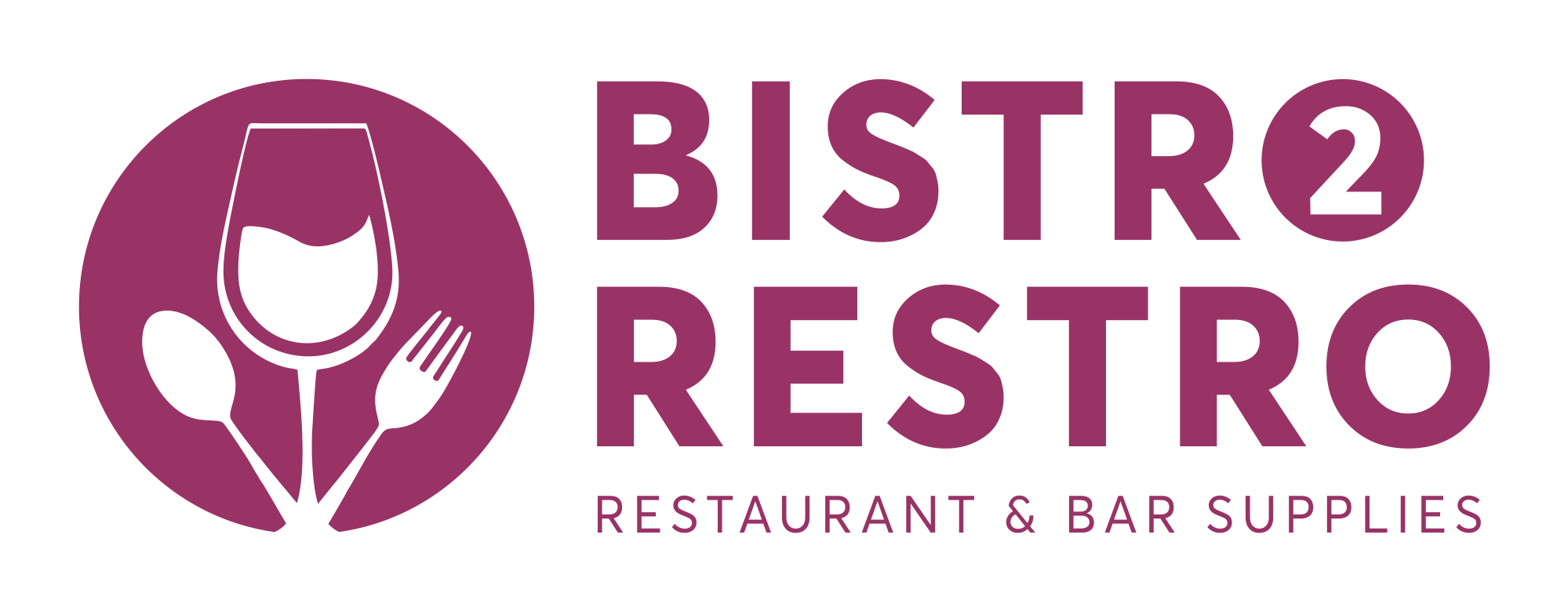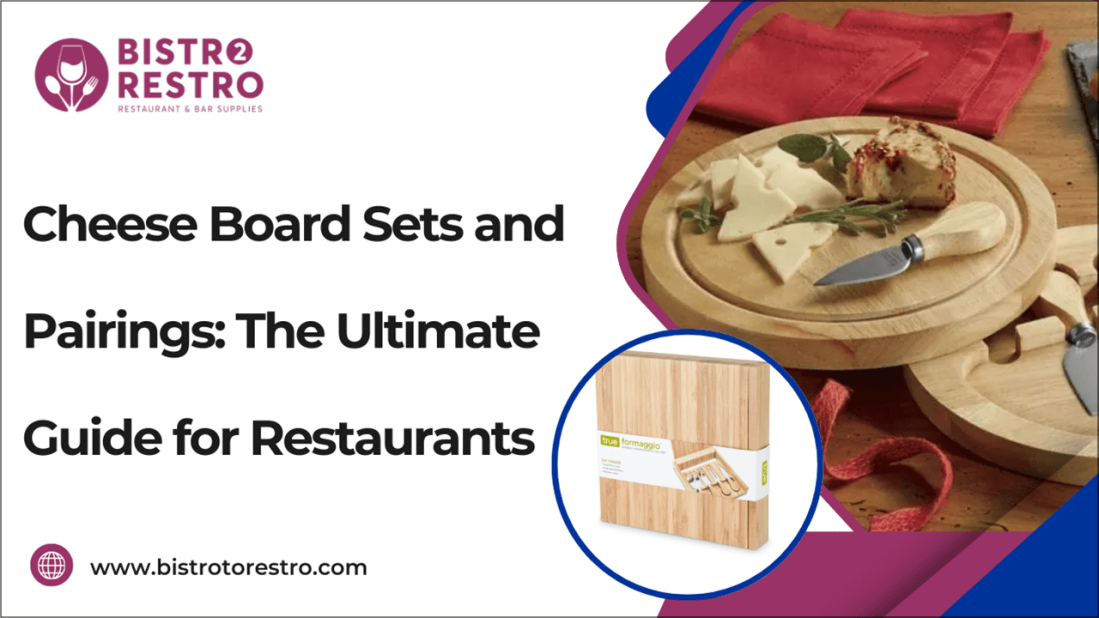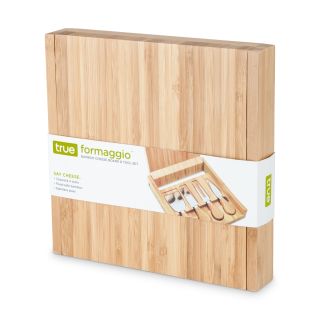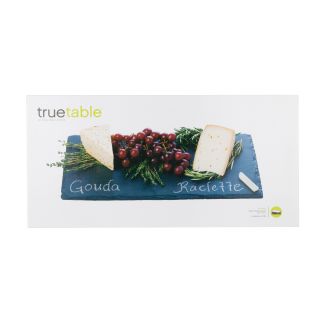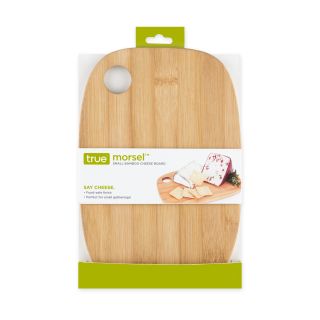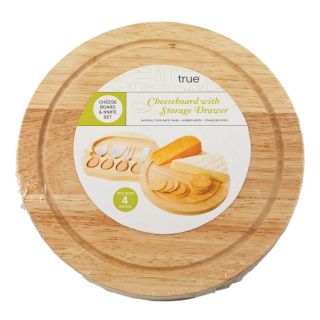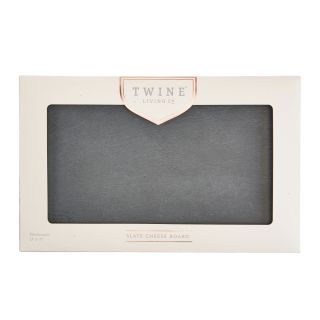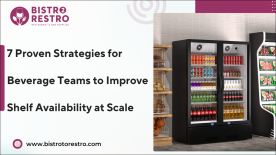A thoughtfully curated cheese board set can transform a dining experience from ordinary to extraordinary, exuding elegance and sophistication with every slice. In the competitive restaurant industry, presentation is just as vital as flavor. An artfully arranged platter becomes a centerpiece, encouraging guests to savor textures, aromas, and complementary tastes. This guide explores why investing in a high-quality bamboo cheese board set or wooden cheese board inspires both guests and chefs, doubling as functional prep and stunning serviceware.
Understanding the Role of Cheese Board Sets in Restaurants
A well-chosen cheese board set is more than serviceware. It’s a strategic tool that highlights your restaurant’s brand identity. From rustic charm to sleek modernity, the material and design of your cheese cutting board reflect the dining atmosphere. Bamboo boards lend eco-friendly appeal, while wooden serving board options provide warmth and character. Incorporating a versatile cheese board set streamlines prep: slice, arrange, and serve from the same surface. Guests appreciate the seamless transition from kitchen to table, and servers benefit from reduced handling and cleanup.
Essential Tools and Accessories in a Cheese Board Set
Before plating, equip your kitchen with the right implements. A comprehensive cheese board set includes specialized cheese knives, spreaders, and accompaniments to complement your cheeses:
Cheese knives:
Soft cheese Knife: Thin blade for Brie and Camembert.
Hard cheese Knife: Sturdy for aged Cheddar or Parmesan.
Cheese fork: For slicing and serving crumbly varieties.
Spreads and accompaniments:
Seasonal fruits: figs, grapes, or pear slices.
Charcuterie components: prosciutto, salami, and pâté.
Boards:
A wooden serving board with natural grain highlights.
A bamboo cheese board set with integrated handles and grooves.
A sleek cheese cutting board doubles as a prep station.
Equipping each server station with a cheese board set optimized for variety ensures consistency and elevates guest interaction.
Selecting the Right Cheese Board Set for Your Venue
Choosing the best cheese board set requires evaluating:
Material:
Wooden cheeseboard: Durable, heat-resistant, and naturally antibacterial.
Bamboo cheese board set: Lightweight, eco-friendly, and water-resistant.
Slate: Modern aesthetic, ideal for chalk labeling.
Size:
Intimate servings: 10–12 inches for two to four diners.
Family style: 18–24 inches for larger groups.
Durability:
High-traffic kitchens benefit from thick-edge boards.
Commercial-grade finishes protect against knife scars.
Style:
Casual bistros: Rustic, reclaimed wood.
Upscale dining: Polished dark walnut or marble inlay.
Comparing a bamboo cheese board set to a wooden cheeseboard, bamboo wins on sustainability and weight, while hardwood scores higher on longevity and aesthetic depth. Determine your volume, menu style, and brand ethos to select the best cheese board set for your establishment.
Perfect Cheese and Beverage Pairings for Restaurants
Pairings delight diners, showcasing your expertise:
Classic wine and cheese:
Sauvignon blanc with goat cheese.
Cabernet Sauvignon with aged Gouda.
Craft beer and cheese:
IPA with blue cheese—bitterness cuts richness.
Stout with sharp cheddar—roasty sweetness harmonizes.
Non-alcoholic options:
Sparkling apple cider with Brie.
Herbal iced tea with fresh mozzarella.
Train staff to guide guests through these combinations, using your cheese board set as a storytelling canvas. Incorporate local wine or brew labels to cement partnerships and regional pride.
Different Serveware Sets for Every Occasion: Everything You Need to Know
Presentation Tips to Elevate Cheese Boards in Restaurants
An artful display distinguishes your cheeseboard set offerings:
Layering techniques:
Place cheeses at varying heights using props like small ramekins.
Fan out slices of semi-hard cheeses on a wooden serving board.
Themes & storytelling:
Regional showcases: Alpine cheeses with European charcuterie.
Seasonal: Summer fruits, edible flowers, and spring herbs.
Aesthetic Enhancements:
Drizzle honeycomb near soft cheeses.
Scatter microgreens for color contrast.
Use dark slate next to light cheeses to make hues pop.
A cohesive visual narrative leverages the cutting cheese board as a stage, heightening appetite appeal and encouraging social sharing.
Maintaining and Caring for Cheese Board Sets in a Restaurant Setting
Proper care extends board lifespan and ensures safety:
Cleaning & sanitizing: Handwash wooden cheeseboard with mild detergent; avoid soaking. Sanitize bamboo boards in a vinegar-water solution.
Preservation: Monthly oiling with food-grade mineral oil for wooden serving board protection. Avoid dishwashers to prevent warping of the bamboo cheese board set.
Lifespan extension: Rotate cutting surfaces to even out knife marks. Use designated cutting zones on larger boards. Implementing a maintenance schedule for each cheese board set guarantees consistent presentation quality and encourages health code compliance.
A premium cheese board set is an indispensable investment for restaurants seeking to wow patrons and streamline service. From selecting the best cheese board set, whether a rustic wooden cheese board or a sleek bamboo cheese board set, to mastering pairings, presentation, and upkeep, each step reinforces your establishment’s commitment to excellence. With the right cheese cutting board, purpose-built cheese knives, and attentively curated accompaniments, you’ll craft unforgettable cheese experiences that keep guests returning for more. BistroToRestro offers Serveware Sets and Accessories, including cake stands, cheese board sets, knives, cheese markers, cheese preparation, chilling serveware, pitchers and dispensers, serving sets, serving trays, slate cheese boards, stone cheese boards, and wood cheese boards. They are an array of substances, styles, and patterns, and serve many purposes.
FAQs
What is the 3 3 3 rule for cheese boards?
The 3 3 3 rule for cheese boards means including 3 types of cheese, 3 accompaniments, and 3 textures for balance.
What pairs well with a cheeseboard?
Fresh fruits, nuts, cured meats, crackers, and wine pair well with a cheese board for flavor variety.
How to lay out a cheese board?
To lay out a cheese board, place cheeses first, then add meats, fruits, crackers, and garnish for visual appeal.
What are 5 things to avoid on a charcuterie board?
Avoid soggy crackers, overpowering dips, too much of one cheese, strong-smelling foods, and clutter on a charcuterie board.
What is the etiquette for the cheeseboard?
The etiquette for the cheese board is to slice neatly, use separate knives, and avoid double-dipping.
